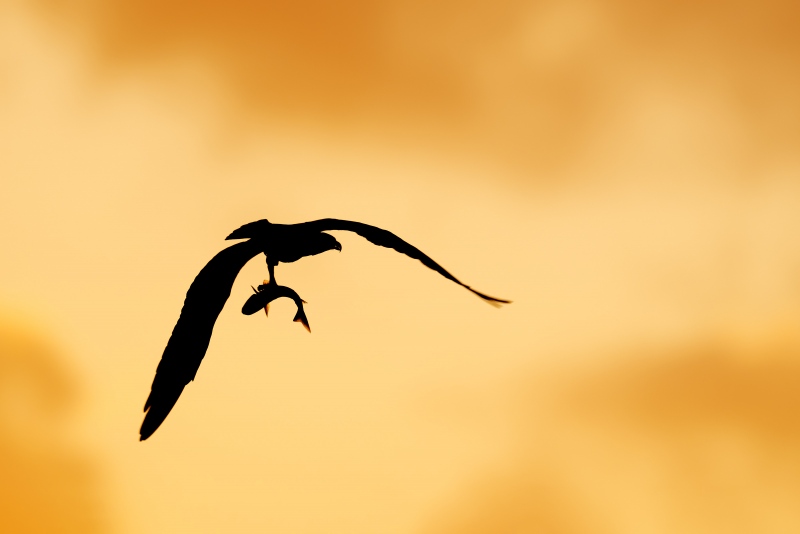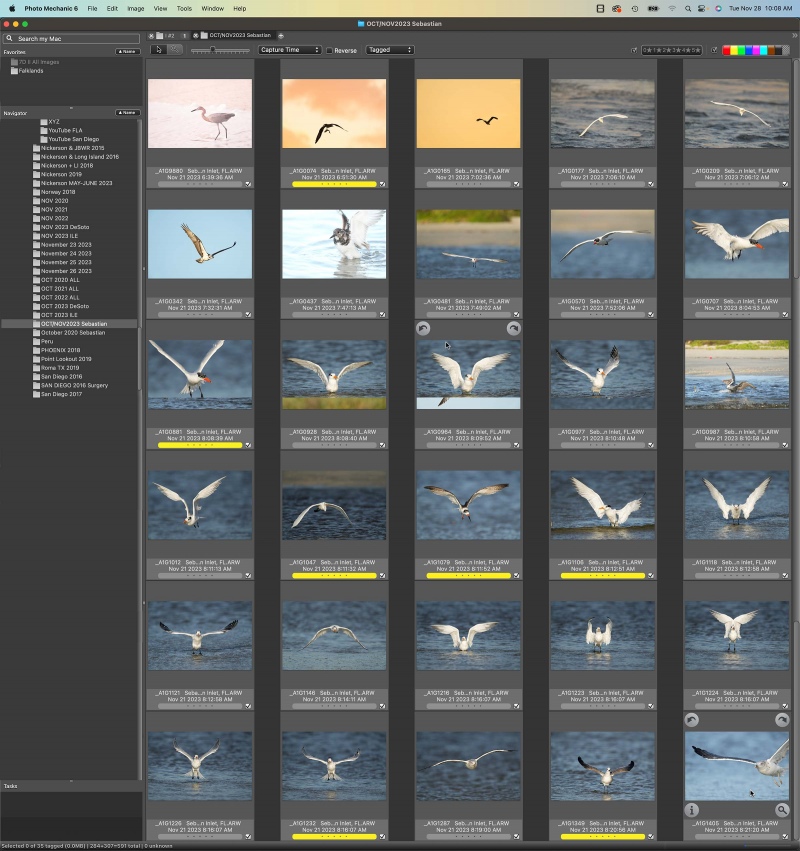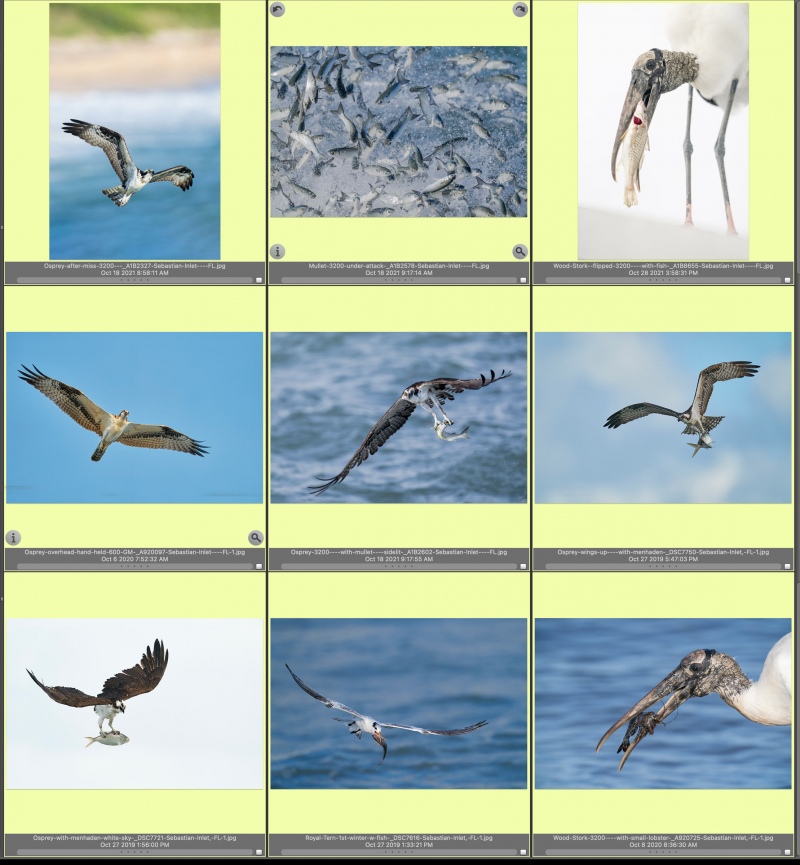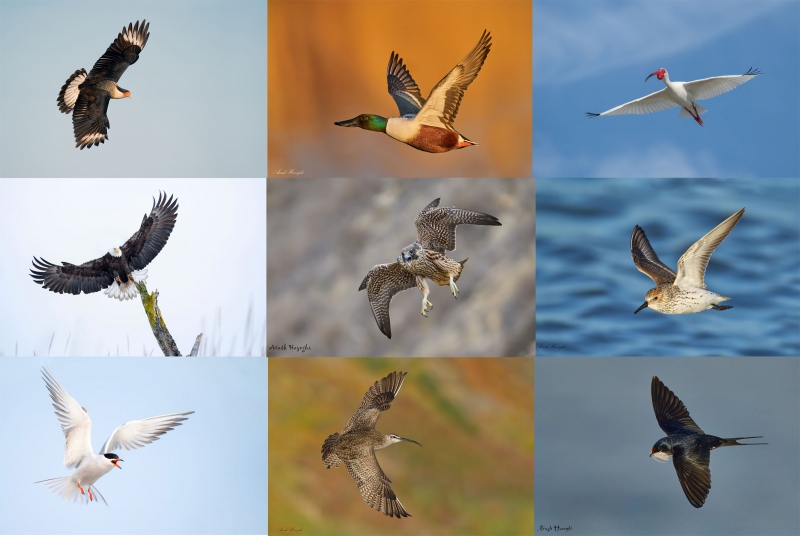What’s Up?
Yesterday Jim sent DB III, Volume I/#2 to all who purchased the Digital Basic III Video series. If you wish to purchase the series at this point, you will receive the first two videos as soon as we process your order and the next three about one every week or so. I will share details on DB III, Volume I/#2 in the next blog post when it will be available for purchase as a single video.
I was glad to learn yesterday that good friend and many multiple IPT veteran Monte Brown will be joining me on the first San Diego IPT.
I took a walk with the peashooter rig yesterday when it clouded over. I created 376 images and kept three.
Today is Wednesday 29 November 2023. It is the coldest morning of the season. The temperature in the house was 71° when I awoke and the pool was down to 72.7°; the low overnight temps overwhelmed the heater. It will be another cold half-mile swim today. Wherever you are and whatever you are doing, I hope that you too have a great day.
Please remember to use the B&H and Amazon links that are found on most blog pages and to use the BIRDSASART discount code at checkout when purchasing your new gear from Bedfords to get 3% back on your credit card and enjoy free second-day air FedEx. Please, also, consider joining a BAA IPT. You will be amazed at how much you will learn!
You can find some great photo accessories (and necessities, like surf booties!) on Amazon by clicking on the Stuff tab on the orange/yellow menu bar above. On a related note, it would be extremely helpful if blog-folks who, like me, spend too much money on Amazon, would get in the habit of clicking on the Amazon logo link on the right side of each blog post when they shop online. As you might expect, doing so will not cost you a single penny, but would be appreciated tremendously by yours truly. And doing so works seamlessly with your Amazon Prime account.
If an item — a Delkin flash card, or a tripod head — for example, that is available from B&H and/or Bedfords, is also available in the BAA Online Store, it would be great, and greatly appreciated, if you would opt to purchase from us. We will match any price. Please remember also to use my B&H affiliate links or to earn 3% cash back at Bedfords by using the BIRDSASART discount code at checkout for your major gear purchases. Doing either often earns you free guides and/or discounts. And always earns my great appreciation.
|
|
|
This image was created on 21 November 2023. Standing at full height, I used the Robus RC-5558 Vantage Series 3 Carbon Fiber Tripod/Levered-Clamp FlexShooter Pro-mounted Sony FE 600mm f/4 GM OSS lens with the Sony FE 1.4x Teleconverter, and The One, the Sony Alpha 1 Mirrorless Digital Camera.. ISO 500: 1/400 second at f/5.6 (wide open) in Manual mode. AWB at 6:51:30am, right after sunrise on a partly cloudy morning. Tracking Zone/AF-C performed perfectly. Be sure to click on the image to enjoy the larger, sharper, high-res version. Image #1: Osprey carrying fish |
Coming or Going?
Is the bird in Image #1 flying toward me or away from me? How do you know?
Why So Slow?
Looking at the EXIF above, many would ask, “Why 1/400 second shutter speed? You recommend at least 1/2500 or 1/3200 second as a minimum shutter speed?”
I had been doing blurs in Manual mode. When I visualized a possible decent image, I raised the shutter speed a bunch of clicks and lowered the ISO a bunch of clicks. I got the exposure right but was way short on shutter speed. But with the bird a good distance away, it was rendered sharp. I had gotten lucky. I did fail to mention one important principle yesterday: at a given shutter speed, the degree of blurring increases as the distance to the subject decreases.
Had I been working in Shutter Priority as detailed in yesterday’s blog post, I would have only needed to change one parameter instead of two and could have easily gotten to a much faster shutter speed.
|
|
|
On the morning of 21 November 2023 there were lots of Ospreys in the air but not many diving and even fewer catching. Otherwise, it was a great morning with 92 keepers; Royal and Caspian Terns, Laughing, Ring-billed, immature Herring, and adult Lesser Black-backed Gulls, Great and Reddish Egret, Brown Pelican, Ruddy Turnstone and Willet (among others!) Not to mention dozens of Wood Storks. |
Sebastian Inlet — It Ain’t Just Osprey
Most photographers visit Sebastian Inlet with eyes only for Osprey. When the Osprey action is lacking, there are lots of other great avian subjects to shoot. The fact is, however, that most photographers ignore the other birds. And if on occasion, they get so bored by the lack of action that they point there lenses at the gulls, terns, shorebirds, and wading birds, they carelessly work well off sun angle with total disregard for the wind.
As mentioned previously, the key to making superb photographs at Sebastian (or anywhere else), is to understand the relationship of the wind strength and direction, the sky conditions, and the direction and quality of the light. Learn to do just that by joining me on this coming Friday or Saturday at Sebastian. The morning forecasts are again dead-said perfect as was the case on 21 NOV. In addition, the tide is perfect as well.
If you would like to join me for one or both mornings, please call my cell at 863-221-2372 ASAP. Please shoot me a text if I do not pick up. I need to know no later than today at 7:00pm — earlier is of course better. If you want to do the two mornings, we can share an AirBnB.
|
|
|
Clockwise from the upper left back around to center: Osprey gaining altitude after missed strike; school of mullet under attack from below; Wood Stork with Southern Whiting; Osprey with Menhaden; Wood Stork with small lobster; Royal Tern with large baitfish; Osprey with Menhaden; juvenile Osprey directly overhead “t-shot”; Osprey taking flight with freshly caught Mullet. |
Sebastian Inlet In-the-Field Sessions
Join me for 3 hours of morning or afternoon In-the-Field Instruction at Sebastian Inlet for only $300.00/session (or $500 for a full day with two sessions). The main target will be fishing Ospreys hunting for a variety of migrating saltwater fish that visit the inlet each fall. Back-up subjects include fishing gulls, terns, and Brown Pelicans, Wood Stork, a variety of herons and egrets, shorebirds, sunrise cloud-scapes, and the occasional sea turtle or manatee.
Best Current Dates: Friday 1 and Saturday 2 December 2023.
Please get in touch via e-mail or call my cell at 863-221-2372 ASAP to book one or more sessions. Please shoot me a text if I do not pick up.
|
|
|
Click on the composite to view a larger version and be even more impressed. The Art & Science of Photographing Birds in Flight with the Sony α-1
|
The Art & Science of Photographing Birds in Flight with the Sony α-1
by Arash Hazeghi and Arthur Morris
First of all, if you use Nikon or Canon (or Olympus or Fuji) gear, do not be put off by the title. While a portion of the guide deals with the Sony α-1, there is a ton of priceless information, tips, and techniques that can help you become a better flight photographer. No matter what system you are using. If you do not use an α-1, be sure to read down to the bottom to save a few bucks.
Arash Hazeghi and Arthur Morris have created the definitive and most comprehensive ever treatise on photographing birds in flight. With more than sixty years of experience photographing birds, they know what you need to know but have not figured out yet! You will be astounded by the depth of their knowledge and the tips they have to offer. More than six months in the making, the guide contains 229 pages, 24,321 words,97 exceptional and inspirational flight images — each with a legendary, enlightening BIRDS AS ART caption, and 22 screen captures. The guide contains a wealth of useful, practical, and for the most part — never-before-available information.
Purchase
Click here to purchase your copy in the BAA Online Store.
What Everyone Will Learn
We will teach you the basic concepts that you need to master to become a great flight photographer along with the techniques used by the world’s best flight photographers.
You will learn that most any telephoto lens can be perfect for flight photography in a given situation; focal lengths for the images in the book range from 200mm to 1200mm and everywhere in between.
We discuss the merits of various lenses in depth, including and especially comparing the 400mm f/2.8 lenses with the 600mm f/4s.
We guide you in getting your hands on the flight photography lens that will best meet your needs. We offer a variety of handholding and rest position tips and include tips on working with a big lens on a tripod when working with a flight lens that is otherwise too heavy for you.
Both authors offer their thoughts on getting the right exposure when photographing birds in flight. You will learn to get the right exposure on foggy days and even when photographing black birds in white sky conditions.
You will learn the tremendous importance of pre-focusing, of finding the bird in the viewfinder quickly, acquiring focus almost instantly (with tips on doing all three).
You will learn the role of image stabilization in flight photography and the best settings.
Both authors share their thoughts on using the focus range limiter switch. In the same vein, you will learn to use Direct Manual Focus to make your flight photography life easier.
All will learn about the best wing positions and the importance of the background with images of birds in flight. With lots of examples.
You will learn about the best shutter speeds (and the best aperture) to use when photographing flying birds.
You will learn to photograph flight while seated and the many advantages of doing so.
You will learn the best methods of controlling high ISO noise.
All will learn to format their flash cards properly and safely.
You will learn what to do when your AF system is temporarily blinded.
All will learn the huge effect that wind strength and direction has on flight photography and to evaluate the quality and direction of the light on both sunny and cloudy days.
You will learn why it is vitally important to shoot aggressively when photographing birds in flight.
You will learn to carefully observe and evaluate a variety of bird behaviors that may shine light on some excellent opportunities for photographing birds in flight. And about getting into the best position from which to photograph.
You will learn to be a much better flight photographer.
What Sony Folks Will Learn
Exactly how Artie uses Zebras to come up with perfect exposure after perfect exposure.
The fine points and recommended settings for Optical Steady Shot (OSS).
The concept of Auto-Focus (AF) tracking in the α-1.
Everything there is to know about the complex Sony autofocus system.
About all the AF patterns, how to quickly switch them, and about those favored by each author. And why.
The Tracking and Non-tracking AF patterns. When and why Arash uses Non-Tracking Zone. And why Artie uses only two AF patterns.
How to set and use Bird Face-Eye detection for flight photography.
How and why to assign various custom functions to the various programmable buttons on the α-1 body.
The perfect settings for the many, many Menu items that are vitally related to flight photography.
How and why the Sony α-1 uses both contrast and phase detection AF to determine focus (and the benefits thereof).
Which are the best memory cards for the Sony α-1.
To quickly access frequently used menu items.
Non-Sony α-1 Discount
Using the honor system, folks who do not use a Sony α-1 body are invited to click here to save $25.00 on the purchase price of the guide.
Typos
With all blog posts, feel free to e-mail or to leave a comment regarding any typos or errors.


















The bird is flying away because the head of the fish points to the direction of flight.
Randal, What you say is true but if that were the case here, the bird would need to be flying in reverse. See Keith’s comment.
with love, artie
Artie
Heading Away yup 🙂
Yer a pretty good egg, in these teaching blogs and your IPT’s are amazing!
love the morning light that is always why you should get up early however it only lasts for a real brief moment but a surreal moment.
Always with love b
Thanks East Bobman,
Is the bird coming or going? You are THE deciding vote 🙂
with love, a
Heading away yup 🙂
Or going as you asked “Yup”
Right now it is two votes for away and two for towards…
Much love, a
Really like the the location of the osprey in image 1 along the varying oranges in the background . Based on the position on the alula and primary feathers I think the osprey is flying toward you.
Normally I’d look at the head of the fish to determine direction, since osprey often align the fish with the direction they fly to cut down on wind resistance. But this one didn’t. (A juvenile?) To me it looks like a left leg holding the fish on the left side of the image. The leading edge of the left wing (also the one on the left in the image) aligns with the bird’s head. To me it’s flying away. I saw that profile many times this summer as the local dad was making Grubhub deliveries to his noisy young ones. Nice silhouette!
Artie, I can post and see comments, so you fixed the problem. Thanks!
Image #1 Osprey carrying fish is interesting but is too dark! All the other images of many birds flying is interesting and bright!
The bird is flying toward you based on it’s right wing and seeing there the alula and long primaries on the near side on that wing.
Typo : under the photo you indicate 1/400 sec as being the speed and in your «Why so slow?» explanation it is 1/1400. What is the real speed? Nice shot!
…And IMO he is flying away from you. According to the head position under the wing.
Thanks, Yves.
1/400 sec. is correct. I fixed that typo.
Perhaps on the direction of flight. These can be a bit tricky.
with love, artie